Ed Pollack (Ron Perlman) has a tough job: he flies back to the Arctic National Wildlife Refuge in Alaska from the US on a mission. The small party he has waiting for him at their base camp will be tasked with laying the ground work for a new pipeline.
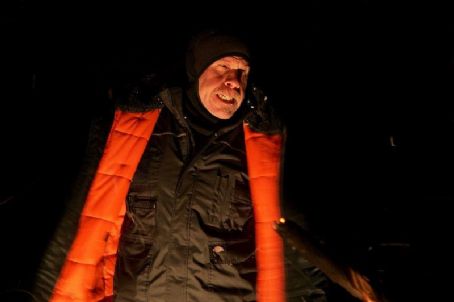
Matters are complicated by the presence of James Hoffman (James LeGros), a concession from the oil company KIK to political interests and environmentalists.

Hoffman has observed and documented fluctuating temperatures preventing any notion of building a road as the ground would be too soft, and has a theory about strange behavior and visions affecting group members: Hoffman believes that climate change causes sour gas, a mixture of natural gas and hydrogen sulfide, to seep from the ground.
Watch the trailer here:
All of which sounds like mumbo-jumbo to Pollack who adds jealousy to the mix: he evidently has a “thing” (pun intended) for Abby Sellers (Connie Britton), Hoffman’s ex. Pollack feels betrayed as he finds that she’s been bunking with Hoffman during his absence, although Abby may justify it to herself as keeping (very close) tabs on Hoffman, who is after all the odd man out.
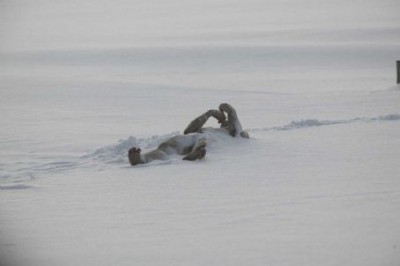
Maxwell McKinder (Zach Gilford) is the first affected by what is going on around the camp. The youngest member, he seems disoriented and depressed. When he leaves camp on a snowmobile to check on test wells way out in the field, Maxwell soon goes out of contact, prompting Pollack to order a fruitless search.
When Maxwell returns on foot hours later, his depressed state has worsened as he claims to have seen ghosts, spectral creatures intent on driving humans away. Once left alone, Maxwell walks out again, naked this time, and is found lying dead on the ground a few feet from a test well.
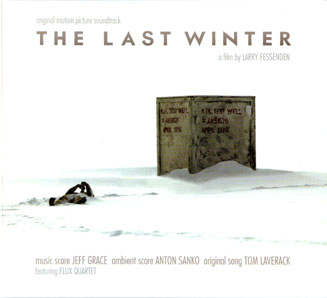
The imagery in that scene is interesting: the body lies there with his arms almost crossed above his chest, eyes pecked out by black birds, a few feet from a test well which looks like a tombstone.
Disaster soon strikes again as the company’s small plane crashes into the camp on a re-supply run.
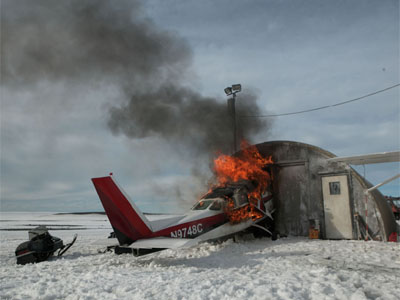
Pollack and Hoffman set out on foot for the nearest town, leaving the remaining members in what is left of the outpost, trying to survive until help arrives.
Some reviews have unfavorably compared “the last winter” to Carpenter’s “the thing”, expecting Fessenden to produce his version of an arctic creature feature horror flick.

It also is likely a case of over-exhuberant packaging: the DVD jacket quotes Bob Strauss of the L.A. Daily News “the SCARIEST movie of the year”.
Well. It depends what one considers scary, or perhaps I should say it depends on the viewers’ preference and how you like your sweets: candy or fruit?
Fast or slow burning sugar? Carpenter’s “The thing” is a scary and thrilling horror film, very much so and a personal favorite. “The last winter” is not what I consider a horror film, it is more of a thriller and one with aspirations at that.
Larry Fessenden is an interesting character, well versed in all aspects of film-making and from interviews I’ve seen, I gather he reads quite a bit as well. Climate change is one of his many interests and has been for quite a while, it appears.
Controversial though the topic may be, and I suspect Fessenden’s views may turn off some viewers, anyone paying the least attention to the news cannot help but wonder sometimes if the planet is not trying to “shake” us off of it. In recent weeks only, the number, frequency and intensity of “freak” meteorological events have to give one pause.
Earthquakes, floods, tsunamis, all of which are a different kind of ‘scary’ altogether.
It’s maybe unfortunate, but difficult not to compare or reference films when forming an opinion, and it’s perhaps helpful to consider similarities between “the last winter” and “THX1138”.
Dystopia, present and future, represented in sharp visual contrasts; addiction, to black gold in barren white landscapes or to uppers and downers in bleached white corridors and quarters. The attempt by Pollack and Hoffman to reach the closest town for help echoed, for me at least, the attempt by THX 1138 (Robert Duvall) and SEN 5241 (Donald Pleasance) to escape the featureless, whited out netherworld reserved for those guilty of social crimes.
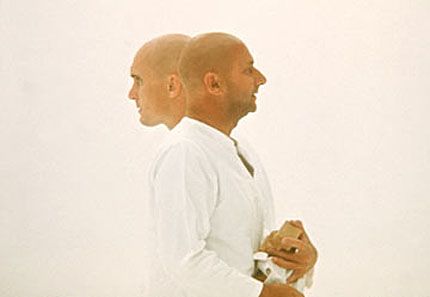
The difference is that Pollack refuses to acknowledge that the peril is larger than himself, and therefore remains an illusion to him, whereas THX breaks through man-made barriers and illusions.
The problem with a film which gives you much to think about is it also makes you question pretty much everything in it: do people actually believe in wendigo this far North? Why did Dawn (Joanne Shenandoah) mention it when cannibalism isn’t part of the story?
I’m also unsure about the daylight cycle in the ANWR, but it seemed to mirror that of warmer climes.
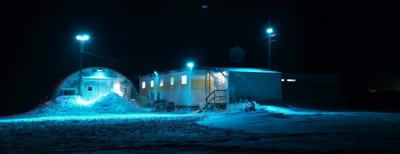
The ending has been criticized by some as an anti-climactic let down, and although I don’t want to give it away, I’ll just say I always wondered what THX found when he finally climbed out of the service tunnel into the “outside”.
Fessenden made me wonder as well and I like that.
“The last winter” gets four jellybeans out of five.



